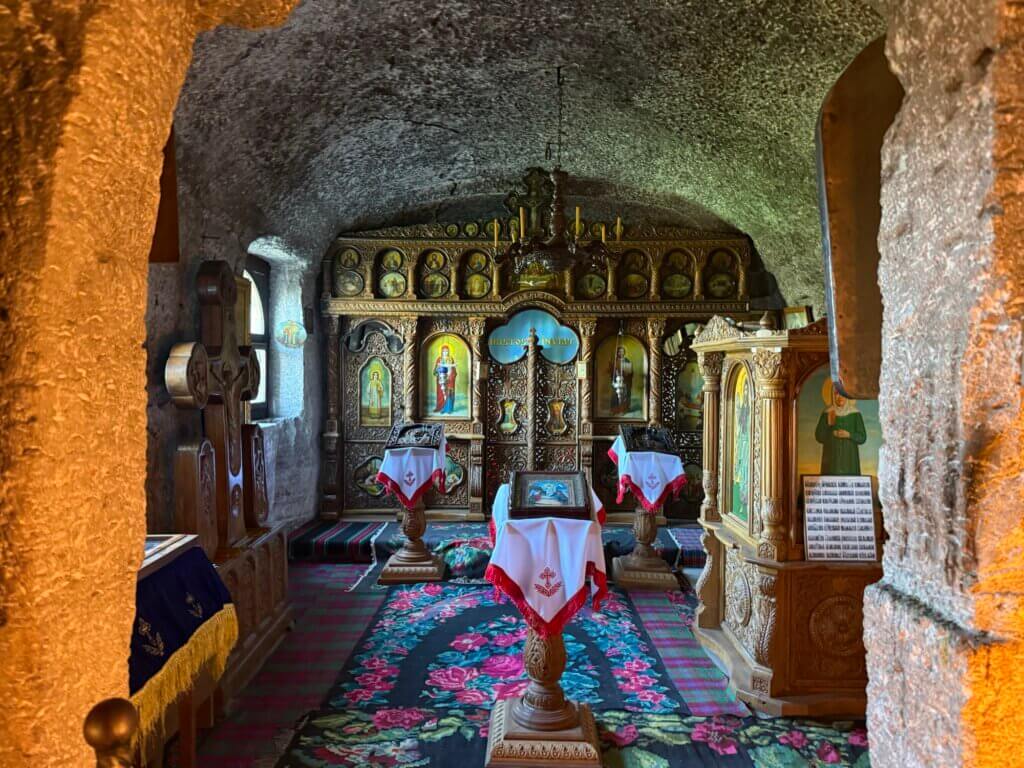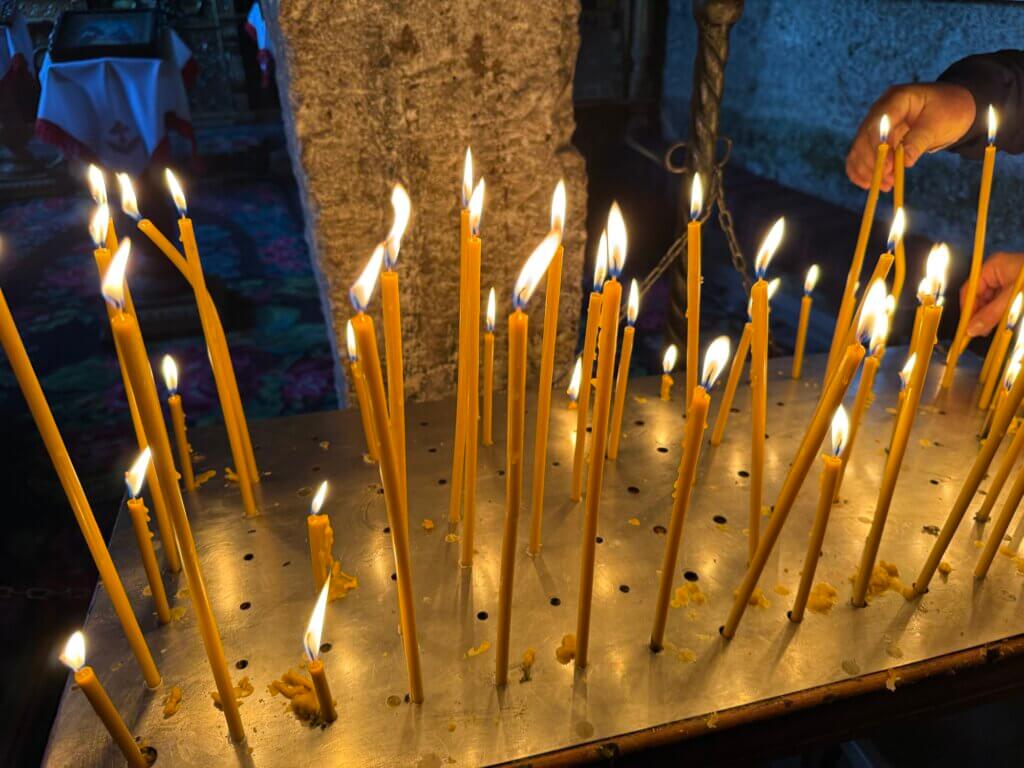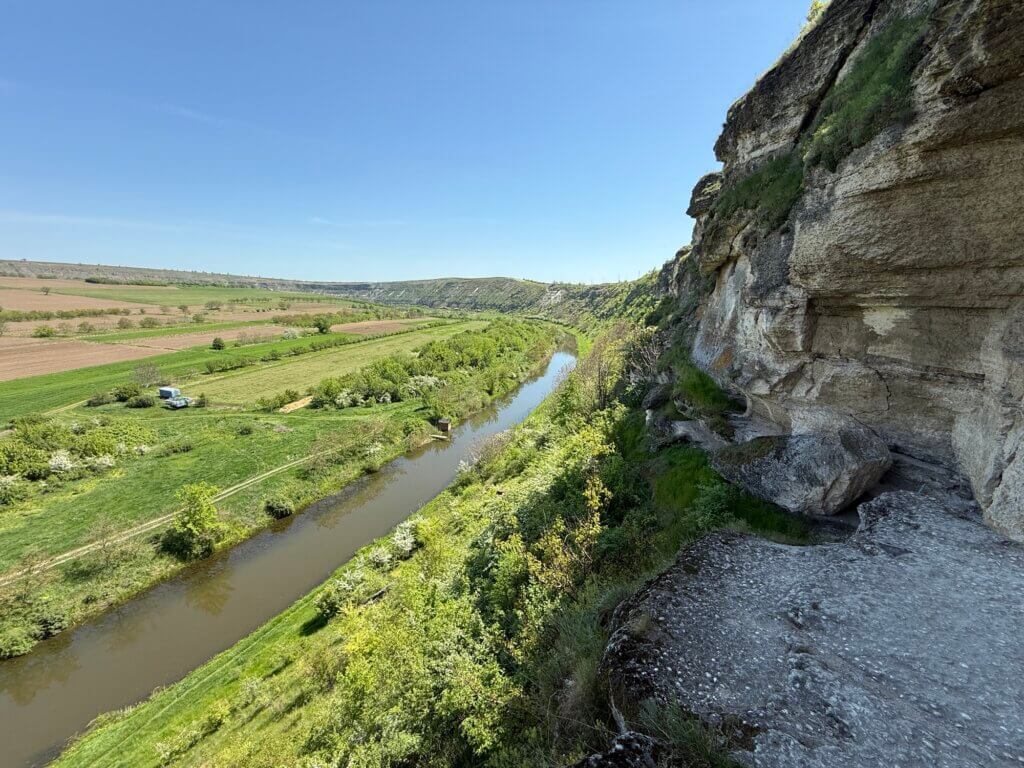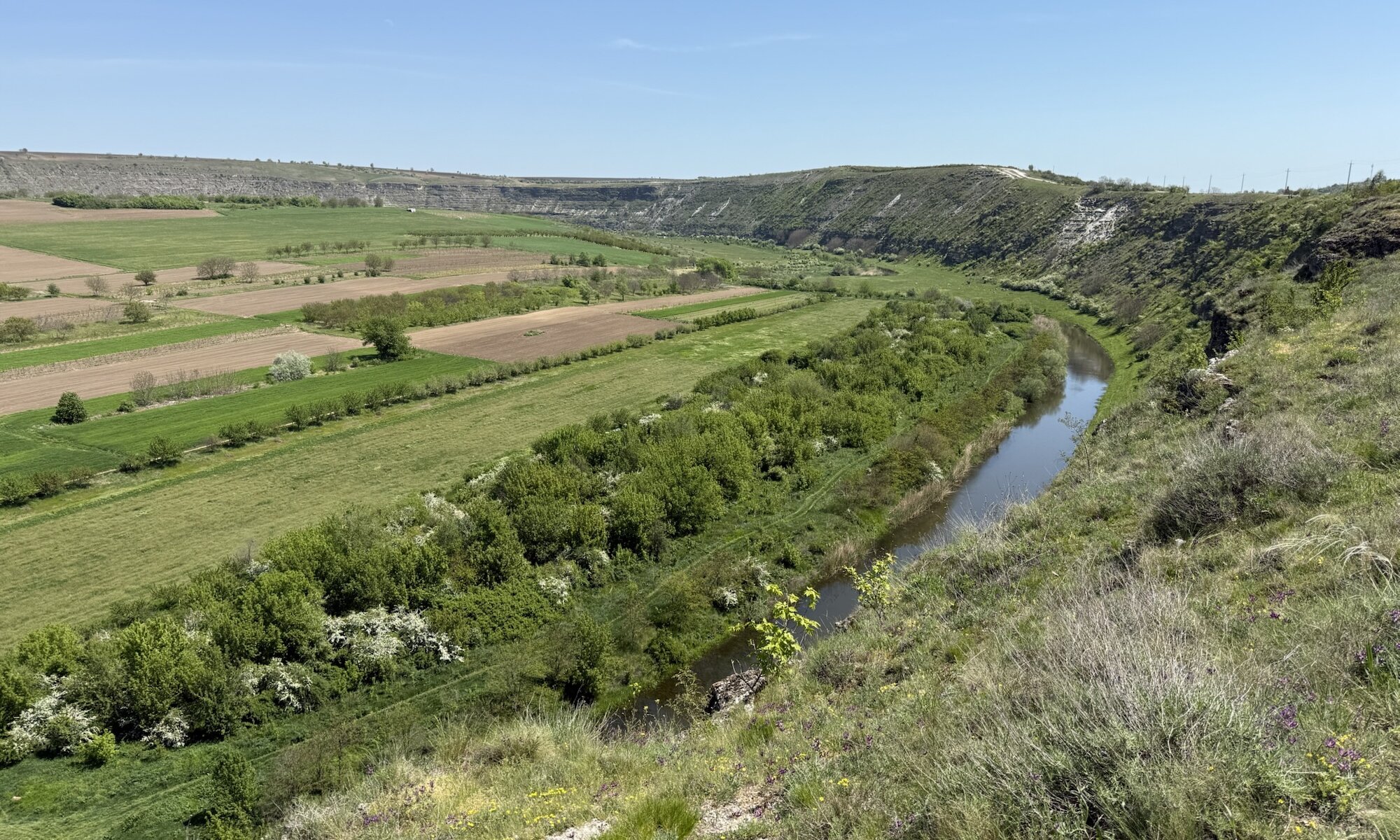Orheiul vechi is a remarkable historical and archaeological complex in Moldova, situated on a limestone bend of the river Răut. Its history spans multiple epochs, from Paleolithic and Eneolithic cultures to the Geto-Dacian fortress (6th–1st centuries BC), and later the 14th-century Golden Horde town Shehr al-Jedid. The site was a significant medieval Moldavian town until its decline in the 16th century when its fortifications were destroyed under Ottoman influence. Today, Orheiul vechi is recognized for its rich cultural layers and is on the UNESCO World Heritage tentative list due to its unique blend of natural landscape and archaeological significance.



A highlight of Orheiul vechi is the underground cave monastery carved into the limestone cliffs, notably the Peștera cave monastery near Butuceni village. This 15th-century monastic complex includes a church and monastic cells hewn directly into the rock, with historical artifacts and Slavonic inscriptions inside. Above the monastery, visitors can find a stone cross dating from the 17th-18th centuries and a bell tower from 1820. The site also features an unsecured balcony on the cliff edge, offering brilliant panoramic views of the surrounding gorge and river valley, making it a breathtaking spot for visitors.
For a full experience, it is recommended to visit the nearby Butuceni Eco Resort, which offers traditional Moldovan cuisine and a cozy atmosphere perfect for lunch after exploring the site. Additionally, the village hosts an ethnographic museum that provides insights into local traditions and history, enriching the cultural visit to Orheiul vechi. The combination of natural beauty, historical depth, and cultural hospitality makes Orheiul vechi a must-visit destination in Moldova.
Orheiul vechi
Butuceni, Orhei
Moldova
Loading map...


